Having finished doing the NID, we are spending a few days in Darjeeling and then a couple of days in Kolkata with other Rotarians.
Travelling to Darjeeling from anywhere involves first getting to Bagdogra (the nearest airport) and then taking a road which winds itself up the mountain to the Darjeeling – a distance of some 80km.
As you leave the town, you pass large numbers of street side shops where, as seems to be the case in all Indian towns, all the shops in a particular area sell the same thing. So we first pass the Bed shops
there are a large number of them on both sides of the street
and then the Pot shops
and the the Butchers (food hygiene seems to be a little absent)
and then you come to the shanty town which is typical of the housing in the area.
The Teesta River flows though the town on its way to merging with the Brahmaputra and is teaming with people digging for gravel and also living in huts along the bank side.
80 kms may not sound much but driving up to Darjeeling takes at least 5 hours and driving down (on a good day) will take over 3 hours. The reason why is best illustrated by this photograph
which shows the road winding up the hillside. Bagdogra is at 126 metres and Ghum (the highest point of the road on its way to Darjeeling 2134 metres) is at 2258 metres, hence much of the journey is spent going up hill.
Roughly halfway up the hill is the town of Kurseong with St Paul’s Church prominently sitting above the road.
Of more interest to me, is the sign on the road below it which is intended to improve road safety by giving the driver something to think about
On a mountain road such as the one this is next to, I am not sure that being distracted to read a bon mot is a good idea!
Darjeeling Town
On the surface the town looks wealthier than many of the towns we have been to. Indeed, the local Rotary Club told us that they had difficulty in finding sufficient families for their programs targeted at the very very poor. Of course such terms are relative but it certainly seemed better off than Bagdogra at the bottom of the hill.
The town map shows it is quite large and being built onto a hillside, some of the roads are very steep.
1. Tiger Hill and Senchel Lake
2. Batasia Loop and War Memorial
3. Ghoom Monastery
4. Japanese Temple and Peace Pagoda
5. LalKhoti
6. Dhirdham Temple
7. Ava Art Gallery
8. Natural History Museum
9. Padmaja Naidu Zoological Park
10. Himalayan Mountaineering Institute
11. Ropeway
12. Tenzing and Gombu Rock
13. Tibetan Refugee Self Help Centre
14. Tea Estate
15. Lebong Race Course
16. The Observatory Hill
17. Chowrasta
18. Rock Garden and Gangamaya Park
19. Shrubbery Nightingale Park
20. Lloyd Botanical Garden
21. Jalpahar
22. Victoria Falls
The majority of the buildings in the town have a delightful ramshackle appearance
and walking about the town gives you a a good feel for life in this popular tourist town. Whilst there are shops and stalls selling tourist items, there are not too many and one can wander without being hassled.
As a vegetarian, I took particular delight in
seeing the very fresh vegetables on sale in the market – if only they were this fresh (and cheap at home).
Remnants of old Raj era Darjeeling is everywhere and this sentry post and post box
are outside the entrance of what used to be the summer residence of the Governor Generals of India.
This sign looks like it has not been cleaned since the Raj and in fact points to what used to be the Club and now is a very small slightly faded resort hotel still offering the same facilities as did the original club.
St Andrews Church looks shabby and run down and was rebuilt in the 1870s and symbolises the fact that wherever the British went, they had to take their church with them.
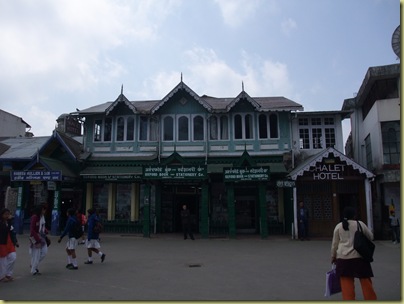 This is the Oxford Book and Stationery shop in Darjeeling and looks from the raj era but is in fact about 70 years old. The prices of the books sold inside were very cheap.
This is the Oxford Book and Stationery shop in Darjeeling and looks from the raj era but is in fact about 70 years old. The prices of the books sold inside were very cheap.
This building was Darjeeling District Library in the days of the Raj (and is now called Deshbandhu District Library). The roof on this building (and on many buildings in the area) is made from Corrugated Iron (ruga means wrinkle or wave in Latin) which was invented in 1829 and soon became commonplace (cheap, light, strong) wherever the British settled. It was also extensively used in WWII and hence there is a lot in Darjeeling.
Monkeys in Darjeeling are the equivalent of squirrels in the UK and are regarded as a pest and a danger to young children. They are everywhere in town.
This car is the Hindustan Ambassador and is the classic car of Indian history. Modelled on the Morris Oxford, it was first built in 1958 and we have seen a few elsewhere in India but none in as good a condition as these two
which were probably built near Calcutta. Until recently, air conditioning was simple – open the windows! and it lacks many of the niceties of modern more expensive environmentally friendly cars.
Having just taken part in polio immunisation, we saw evidence of the Polio post NID inspections everywhere
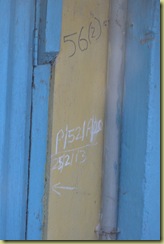
and purple pinkies were quite evident.
Education is considered to be very important almost everywhere in India and it is very common to see immaculately turned out children walking to and from school,
in this area, many use the Darjeeling Himalayan Railway to get to school.
The Tibetan Refugee Self-Help Centre
The Chinese invasion of Tibet in 1950 (or thereabouts) led to many refugees entering this part of India – hence Tibetan is one of the 20+ languages spoken in the area. One source of employment for some of the refugees is to act as porters who are paid a pittance for carrying back breaking weights of goods around the streets.
Porters are not only male, the porter carrying this bureau is a fifty year old women who trudged up a steep hill with it on her back.
The Centre was established in Darjeeling in 1959 and now is a craft centre visited by most of the tourists who come to the town.
Although stark, the architecture has some traces of Tibetan design
and this building had the “polio checked” sign on it.
We arrived as it was closing (4 pm) and hence were only able to see the weaving shed
and the carpets being made therein and a shop which sold a variety of craft products.
The Mayfair Hotel
There are two hotels in Darjeeling which date back to the Days of the Raj and still operate that way – the Windermere and the Mayfair where we are staying.
The Mayfair is an immaculate oasis of calm
with cottages (not rooms!) which have their own coal fires
a veranda with
long views across the valley.
Within the main building is
the Tensing Room which is full of books and memorabilia related to Everest (Sherpa Tensing’s son is a member of the Darjeeling Rotary Club)
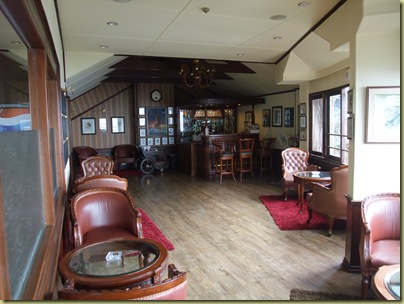 The bar is full of leather armchairs with views overlooking the valley,
The bar is full of leather armchairs with views overlooking the valley,
the grounds are immaculate and the post box is an original from the Victorian era.
The nearby Windermere is perhaps more famous but although it gets great reviews, it appeared significantly faded when we went for a look around.
Pot plants abound and are a tribute to the mild summer climate
Its Sentry box and Letter Box say “Raj”
and its lounge looks unchanged from that period.
This bungalow is the head quarters of the Darjeeling Himalayan Railway Society.
The buildings exudes a dusty atmosphere
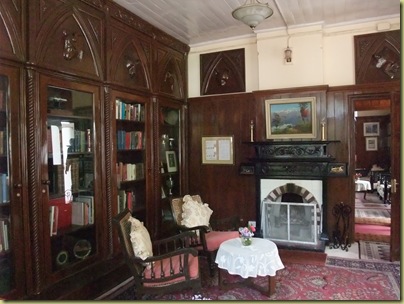 and the lounge is full of railway memorabilia.
and the lounge is full of railway memorabilia.
Darjeeling is of course very famous for its Tea
and all of the hillsides around are covered with manicured tea bushes. These were at the bottom of the hill where the temperature 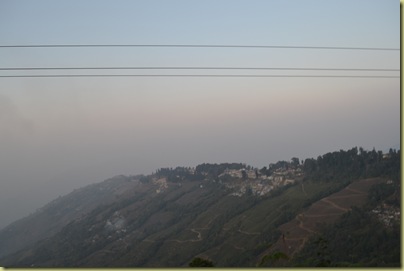
was warmer than at the top of the hill where 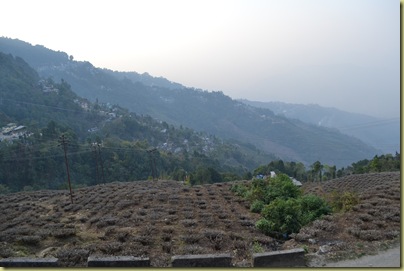
the bushes were not as advanced.
And so we had to visit a tea shop - once the owners realised that our group wanted to
buy tea, numerous varieties of tea were brought forth for tasting
including
 which has been picked and turned into tea a few days before (they said that being able to do this at the end of February was very rare, normally it was towards the end of March).
which has been picked and turned into tea a few days before (they said that being able to do this at the end of February was very rare, normally it was towards the end of March).
Ghoom Monastery
Yiga Choeling Monastery (aka Ghoom
Monastery) is home to a group of Yellow Hat

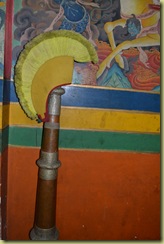 monks and is a popular tourist visit,
monks and is a popular tourist visit,
mainly because of its age,
the 15ft high statue of Maitreya Buddha (Gyalwa Shampa) or the Future Buddha inside the Temple, the 108
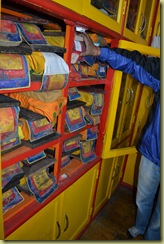 volumes of the Kangyur (the Tibetan Buddhist Canon) written in Old Tibetan which are stored on one side of the temple and the trans-lations in modern Tibetan are stored on the other side,
volumes of the Kangyur (the Tibetan Buddhist Canon) written in Old Tibetan which are stored on one side of the temple and the trans-lations in modern Tibetan are stored on the other side,
its beautiful hand painted decorations,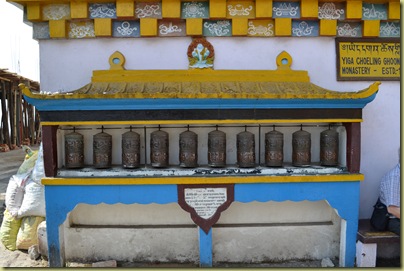 and numerous Prayer Wheels which you are invited to rotate (clockwise).
and numerous Prayer Wheels which you are invited to rotate (clockwise).
has an interesting website and the zoo claims
many things related to its role in animal conservation. Outside the entrance
are two rather good murals and immediately inside is a clear map showing the limited range of mountain animals kept in the zoo.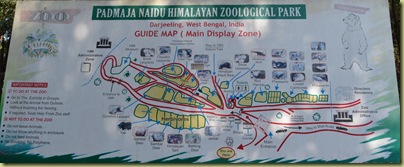
including
Common Langurs who totally ignored us and ate their leaves
numerous Red Pandas in fairly spacious cages
a few Himalayan wolves in a rather small compound
a lovely Bengal Tiger pacing up and down in a manner which all of the text books say indicates distress
a solitary Asiatic Black Bear
a sleeping leopard cat and quite a number of other species of animals.
We were unimpressed by the Zoo and the conditions in which many of the animals were kept and cannot say that it is appropriate to go to it.
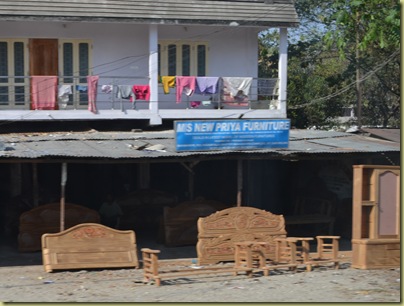
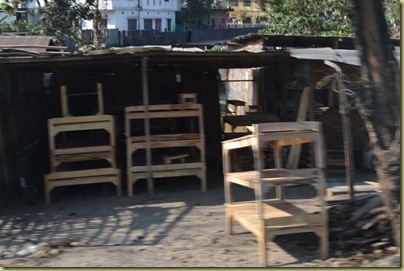
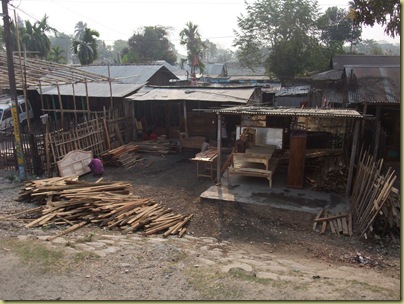
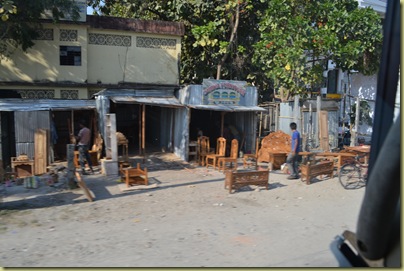
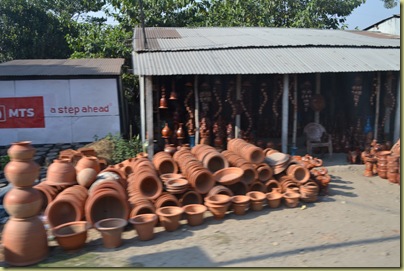
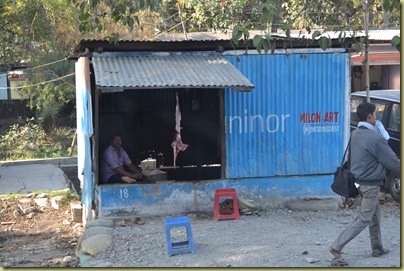
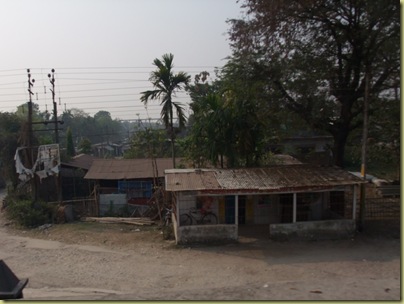
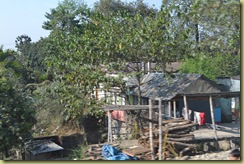
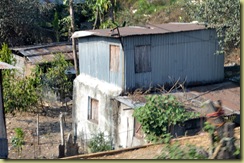
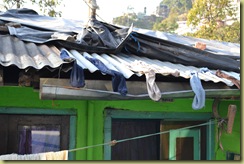
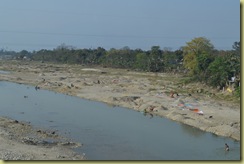
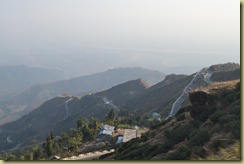
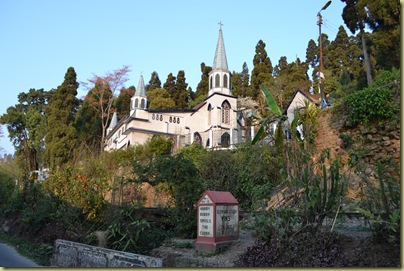
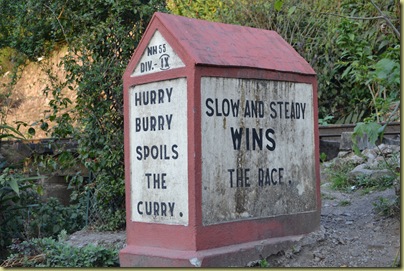

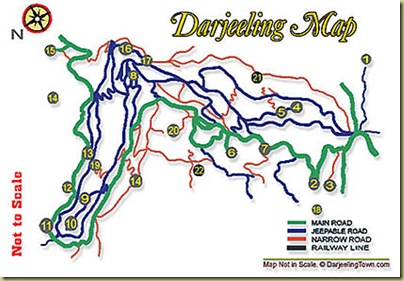
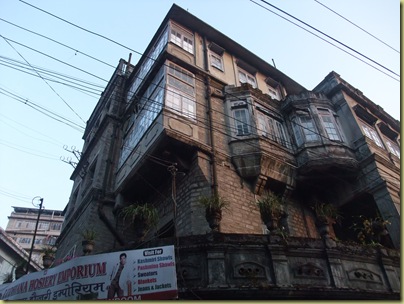
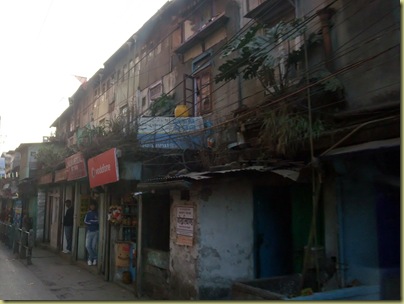
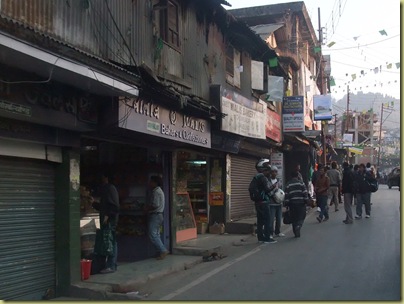
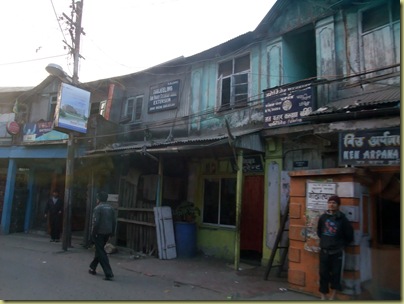
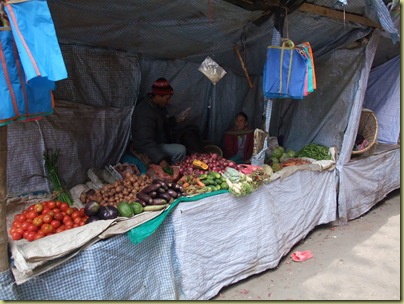
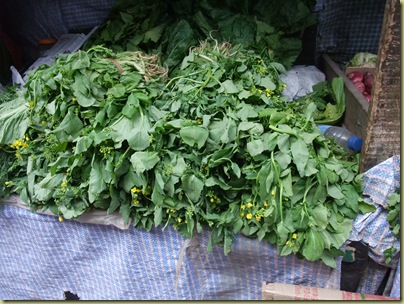


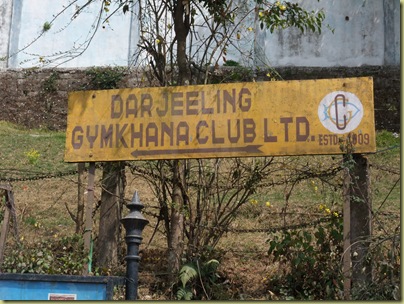
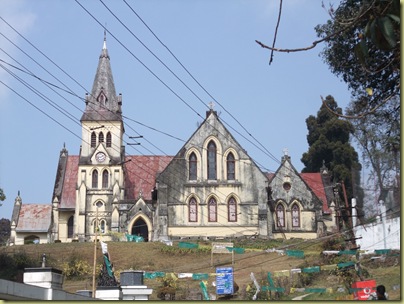
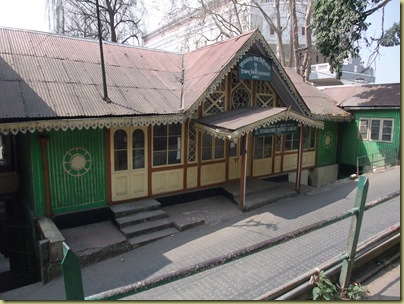
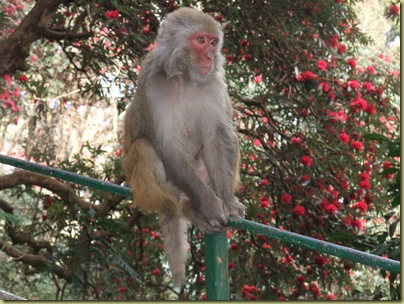
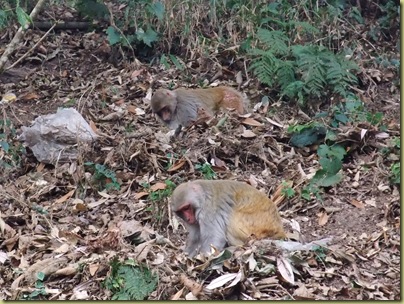
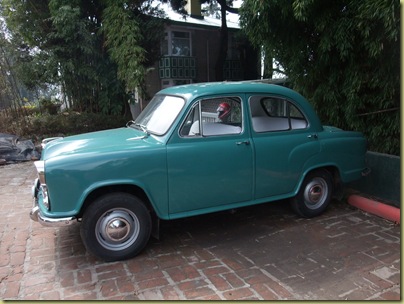
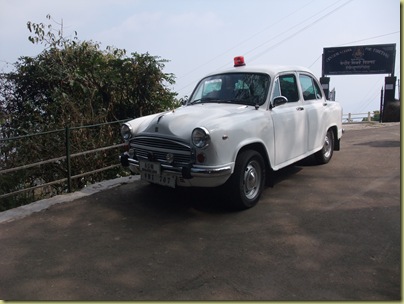
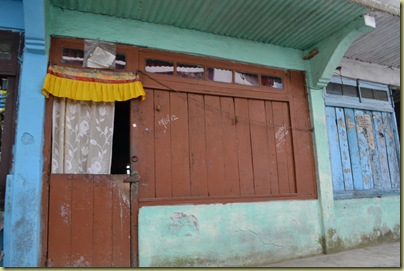
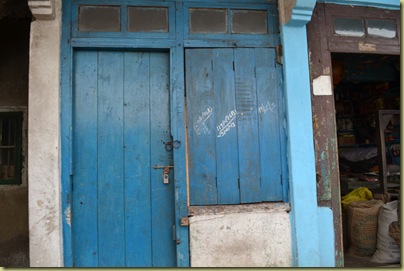
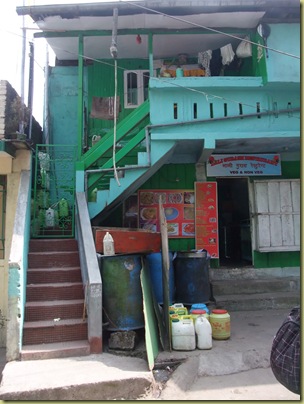
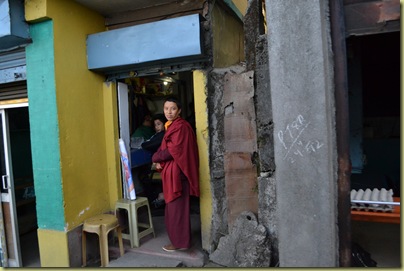
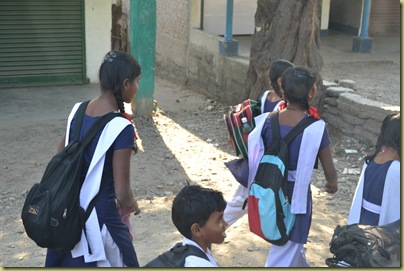


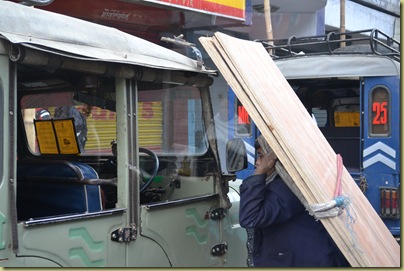

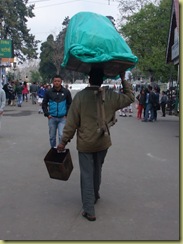

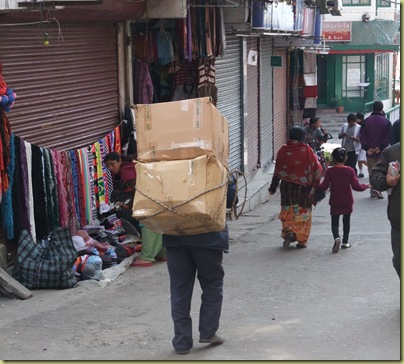
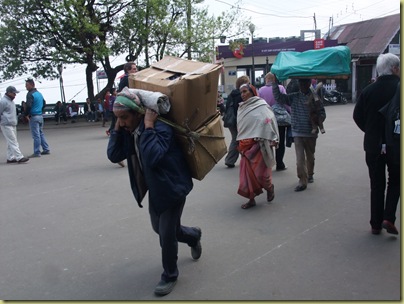
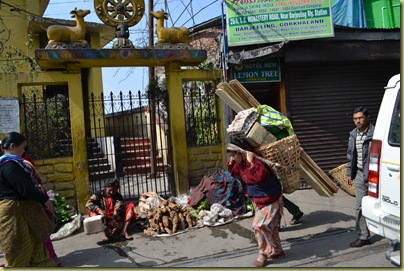
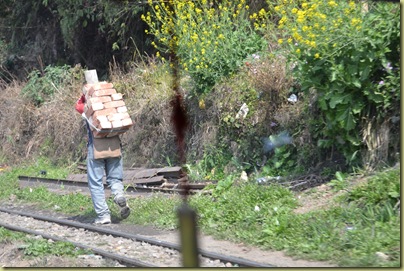
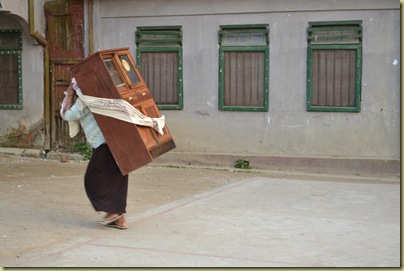
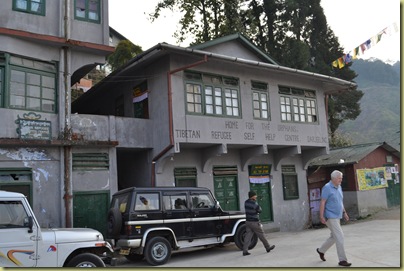
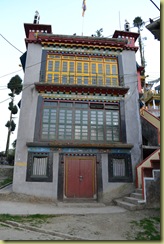

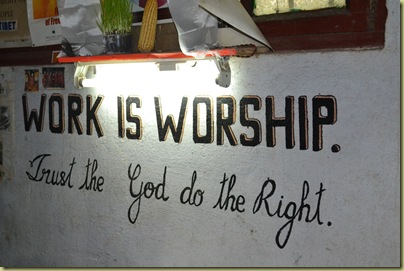

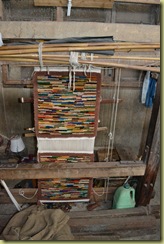
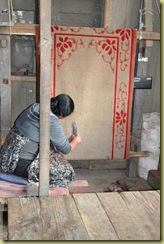
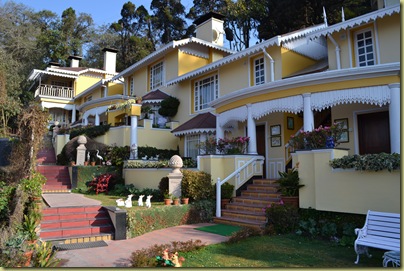
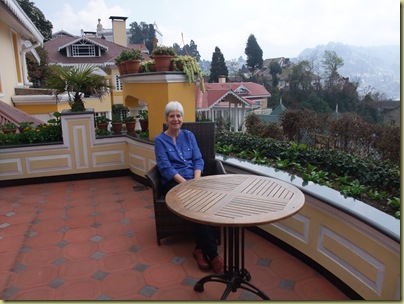
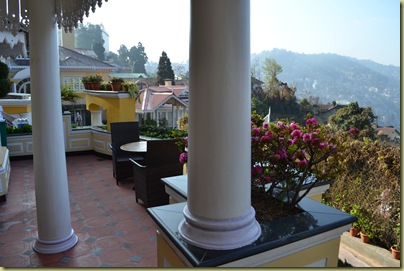
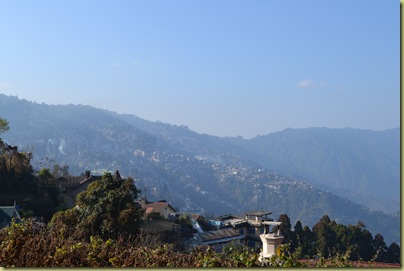
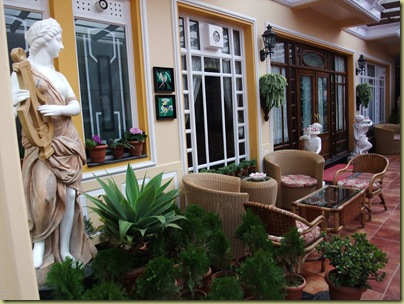
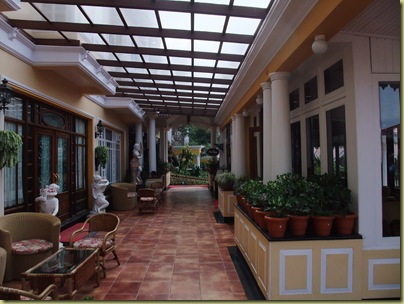
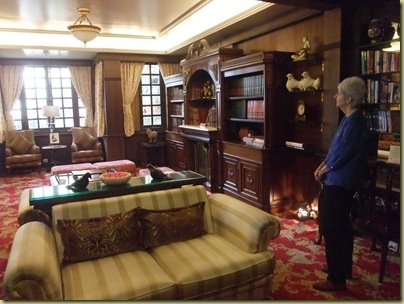
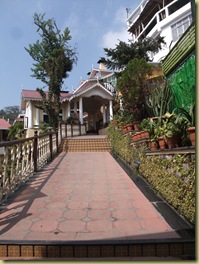
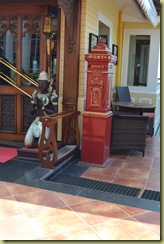
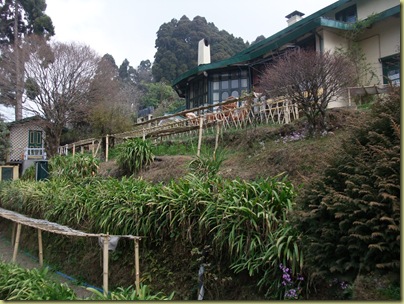
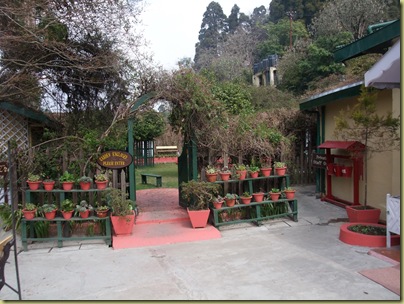
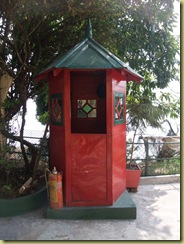
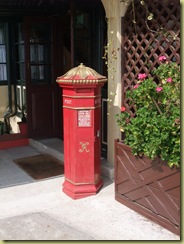
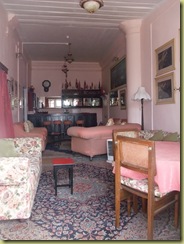
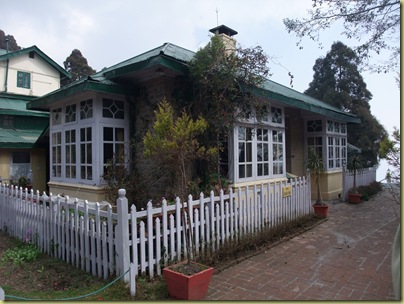
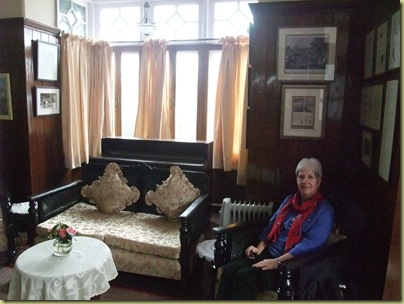
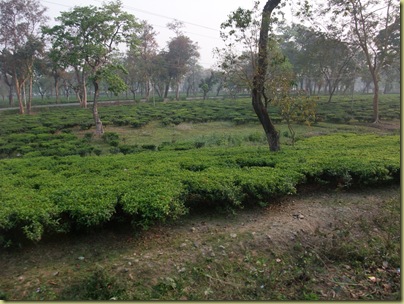
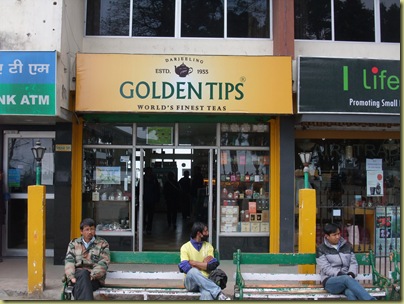
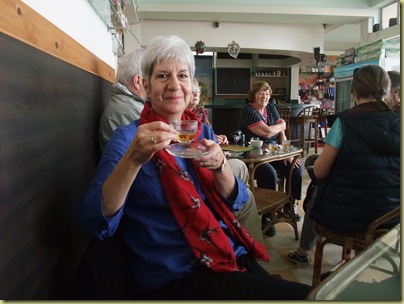

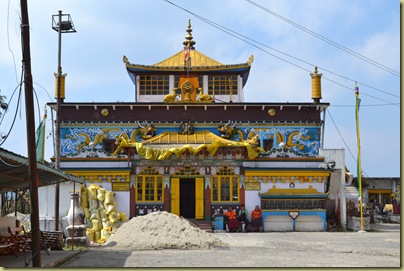



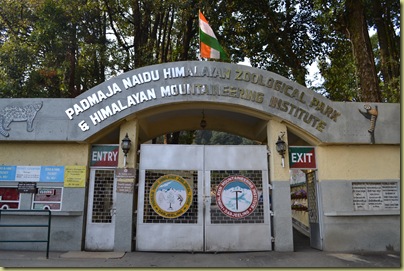
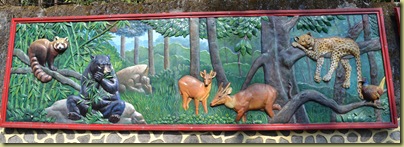
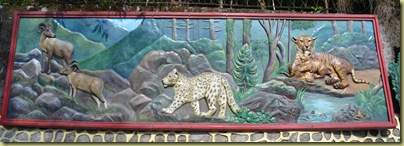
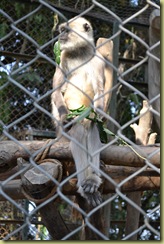
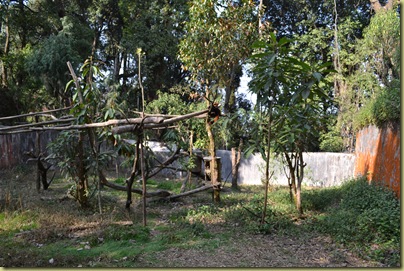
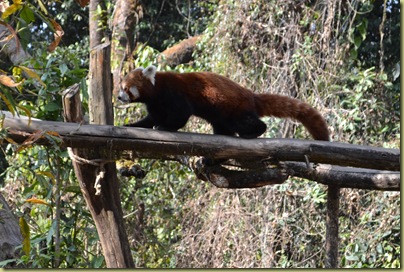
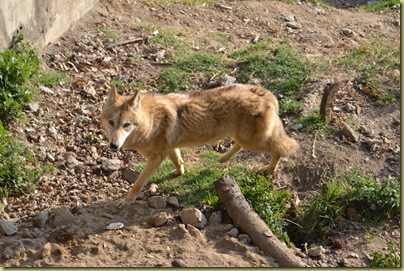
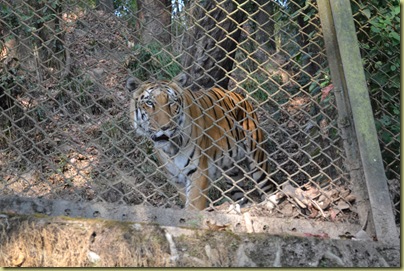

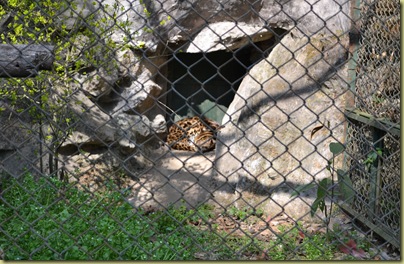
No comments:
Post a Comment